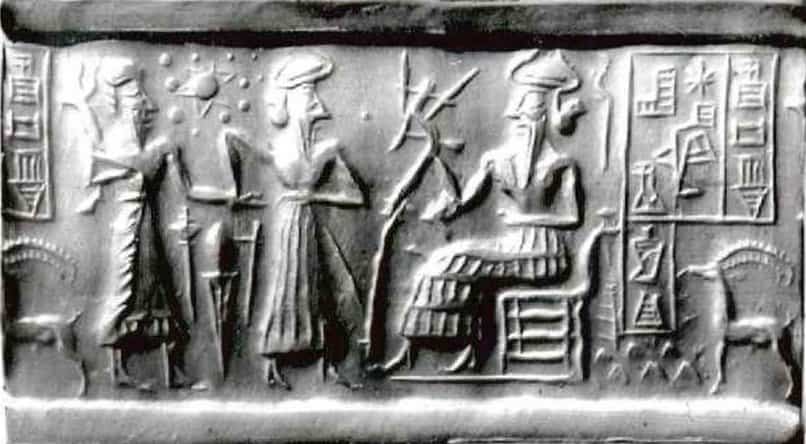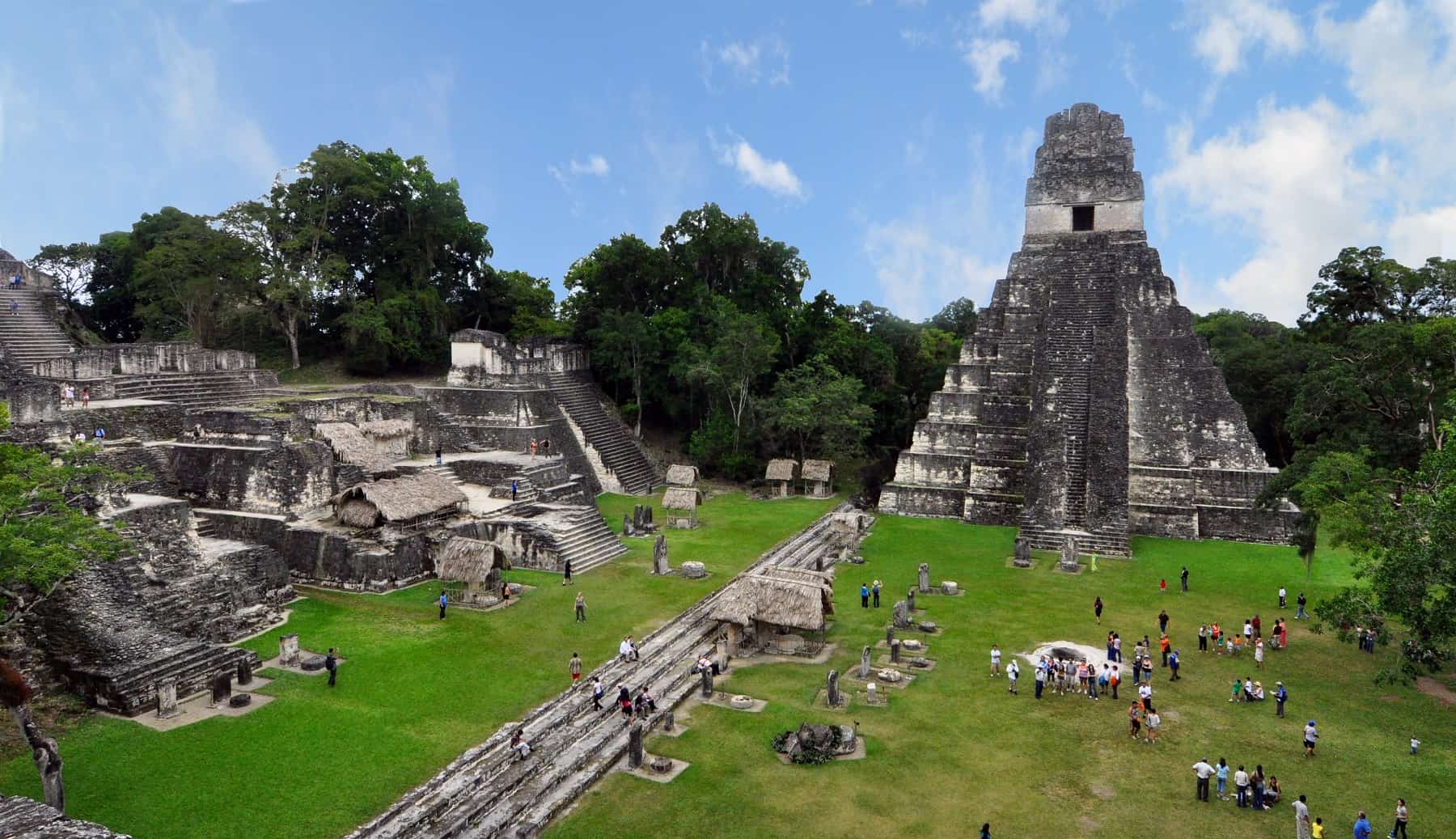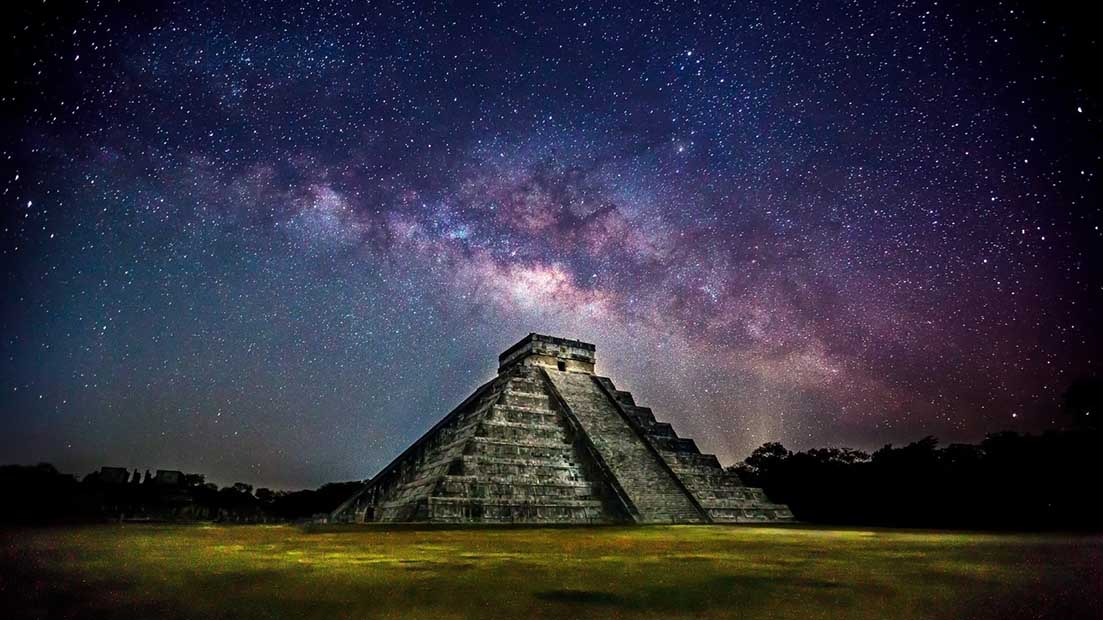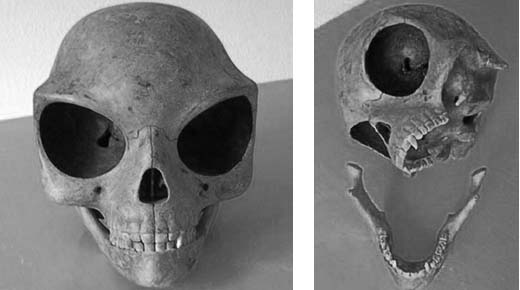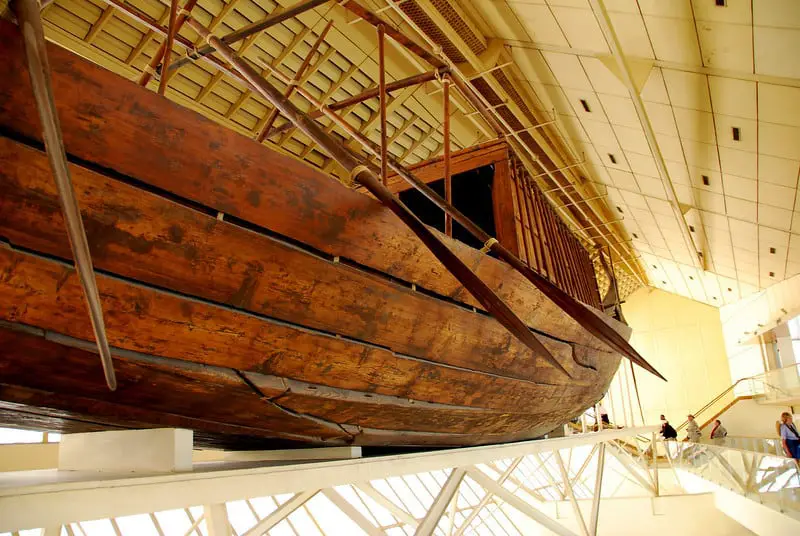
Many mind-boggling artifacts have been discovered in Egypt over the decades. Experts have found many ancient Egyptian tombs intact that somehow remained untouched for millennia still containing extremely valuable items left buried thousands of years ago, as gifts that the Pharaohs were to take with them to the afterlife.
While many people consider gold and precious stones the most valuable pieces that can be found hidden beneath the desert, the truth is that there are countless other valuable artifacts whose price tag surpasses by far gold and precious stones.
One such precious artifact is the ancient Solar Boat found at the foot of the great pyramid. It is a full-sized Ancient Egyptian vessel, which was sealed into a pit over 4000 years ago. But why have we not heard more about this astonishing discovery?
The Solar Ship is now preserved in the Giza Solar boat museum built at the site in 1985 and it is completely dedicated to the preservation of solar boat, thanks to state of the art preservation technologies.
Curiously, Khufu’s solar ship is one of the oldest, largest, and best-preserved vessels from antiquity. It measures 44 meters long and 6 meters wide. Interestingly, among experts, it is acknowledged as the world’s oldest intact solar ship and has been described by researchers as “a masterpiece of Woodcraft”, one that could STILL sail today if put into water. However, that was not its purpose, as it was never built to SAIL.

But the most amazing and confusing features about the Solar Ship is that it was never actually intended to sail on water, even though it has all the necessary requirements to do so. The solar boat, according to many authors was built by the ancient Egyptians to sail through the air.
Solar boats played an important role in the story of the afterlife in ancient Egyptian mythology. Each night the sun god Ra—in the form of the evening sun, Ra-Atum—was thought to sail through the afterlife in one boat to battle gods and beasts until he rose as the morning sun, Ra-Horakhty, and sailed his day boat across the sky.
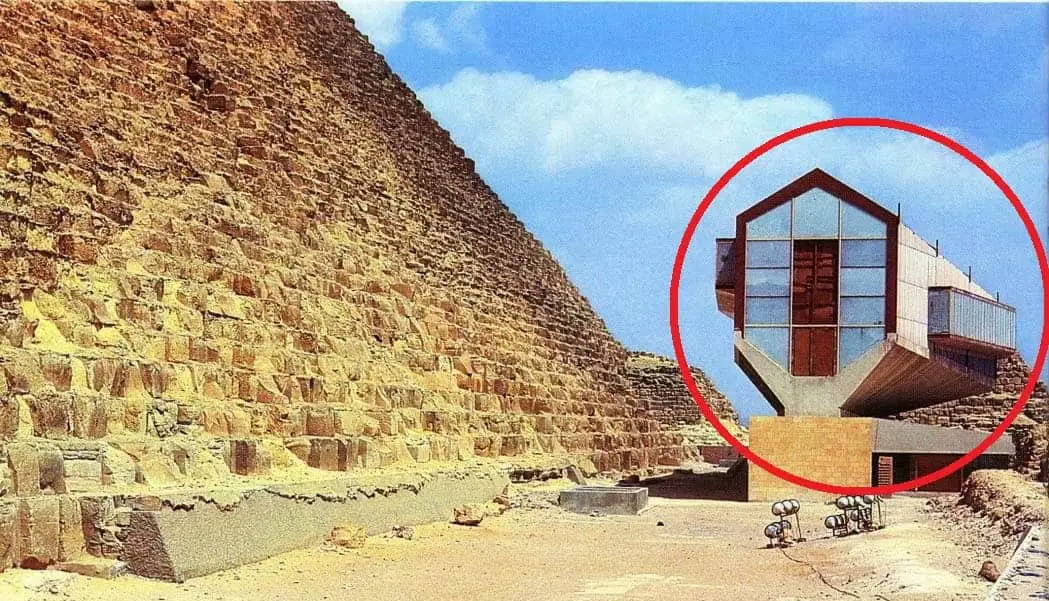
Khufu’s solar ship was built largely of Lebanon cedar. The ship was built with a flat bottom composed of several planks, but no actual keel, with the planks and frames lashed together with Halfa grass, the boat was found complete, but in pieces across the layers floor, laid in a logically disassembled order beneath the pyramid.
The solar ship was eventually reassembled—a really difficult process which took several years to complete—primarily by the Egyptian Department of Antiquities’ chief restorer, Ahmed Youssef Moustafa. Before reconstructing the boat, he had to gain enough experience on Ancient Egyptian boat-building. He studied the reliefs carved on walls and tombs, and many of the little wooden models of ships and boats found in tombs.
However, no one is actually sure as to what the exact purpose of these ships was. Experts agree that the history behind these solar ships is shrouded in mystery. It is of the type known as a “solar barge“, a ritual vessel to carry the resurrected king with the sun god Ra across the heavens. However, it bears some signs of having been used in water, and it is possible that the ship was either a funerary “barge” used to carry the king’s embalmed body from Memphis to Giza, or even that Khufu himself used it as a “pilgrimage ship” to visit holy places and that it was then buried for him to use in the afterlife.
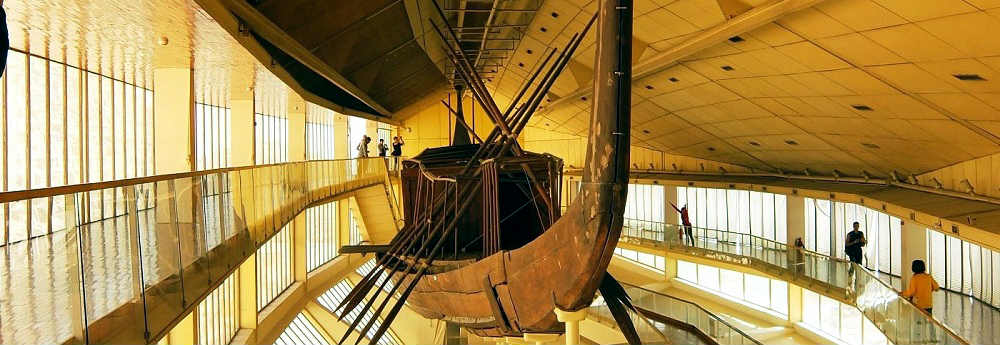
And as countless discoveries push back our understanding of the ancient Egyptian civilization, countless questions remain unanswered. What was the exact purpose of the Solar Ship? Were these vessels intended as meter mythological artifacts? Were the solar Ships used to sail across the Nile? Were they used as a funerary “barge” used to carry the king’s embalmed body from Memphis to Giza? Or is it possible, as some authors suggest, that the Solar Ships of the ancient Pharaohs somehow possessed the ability to fly?
However, this is not the first time that controversial theories surround discoveries made in Egypt.
If we take a look at the temple built by Seti I and his son Ramses II in Abydos, we will find curious depictions of ‘flying vehicles’ on one of the Temple’s walls. The Abydos temple honored numerous deities, including Isis, Horus, Set, Amun-Re, Re-Horakhty, and Ptah.
Many researchers claim that the enigmatic carvings actually depict modern-day flying machines such as helicopters, airplanes, and even submarines, while skeptics remain confident that this is just another example of Pareidolia, and that we are being tricked by our brain, into seeing familiar shapes.
Oh, yeah, we can’t forget the Saqqara bird, can we?
Discovered in 1898, while excavating the tomb of Pa-di-lmen in Sappho, archaeologist Khalil Messiha came upon a wooden object resembling a bird. With a mere 7 inch wingspan, this object has baffled archaeologists and researchers for years. While there are many theories as to what this object is until now no solid conclusion has been offered.
It’s estimated to be about 2,200 years old, the most important part about this wooden bird is that it doesn’t look too much like a bird. The placement of the wings demonstrates advanced aerodynamics design. The Saqqara Bird is a very controversial piece because it’s prompted some people to speculate that the ancient Egyptians may have had the technology and understanding of aerodynamics and some speculate that the Saqqara Bird may have been a scale model of an actual working aircraft, some sort of ancient flying machine.
Many researchers have tried to debunk the theory that this piece is an actual prototype of an ancient flying machine, stating that it accidentally resembles a flying machine, but in the end, according to them, it is just a bird.
The Saqqara Bird does resemble a bird, it has eyes, it has a nose but the wings of the Saqqara bird are not similar to the wings of birds. They resemble the wings of a modern day jet plane. To the middle of the rump, the wings are bit thicker, it is where the lift up is at the highest point. The wings become thinner to the end and those wings are modeled down and this is the point which proves that the Saqqara Bird has an advanced aerodynamic design in its construction. What is also very important is that birds have no rudders, they don’t need rudders.
What makes the story about the Saqqara bird more interesting are the hieroglyphs on the model airplane which read ‘The Gift of Amon’, and most importantly, three papyrus scripts found near the artifact which mentioned the phrase “I want to fly”.
Does all of this mean that in the distant past, the ancient Egyptians possessed the power of flight? Countless unprecedented discovered have been made across the years which offer compelling evidence that the ancient Egyptians were a culture far more advanced than we ever thought. There is even evidence which points to the fact that the ancient Egyptians had the ability to travel across the planet thousands of years ago visiting remote places like America—before the continent was even discovered by “Columbus” (sarcasm)—and Australia among others.

